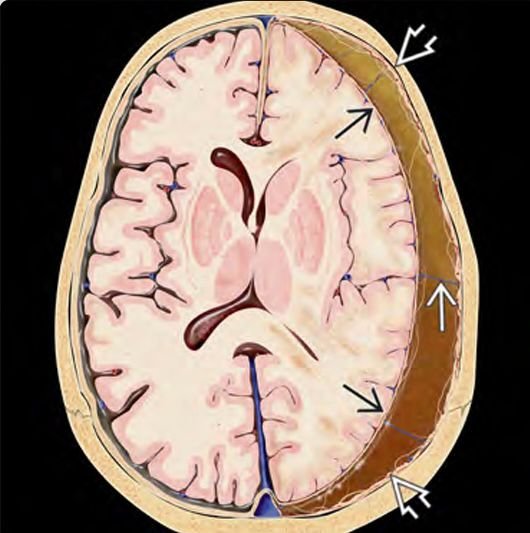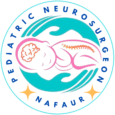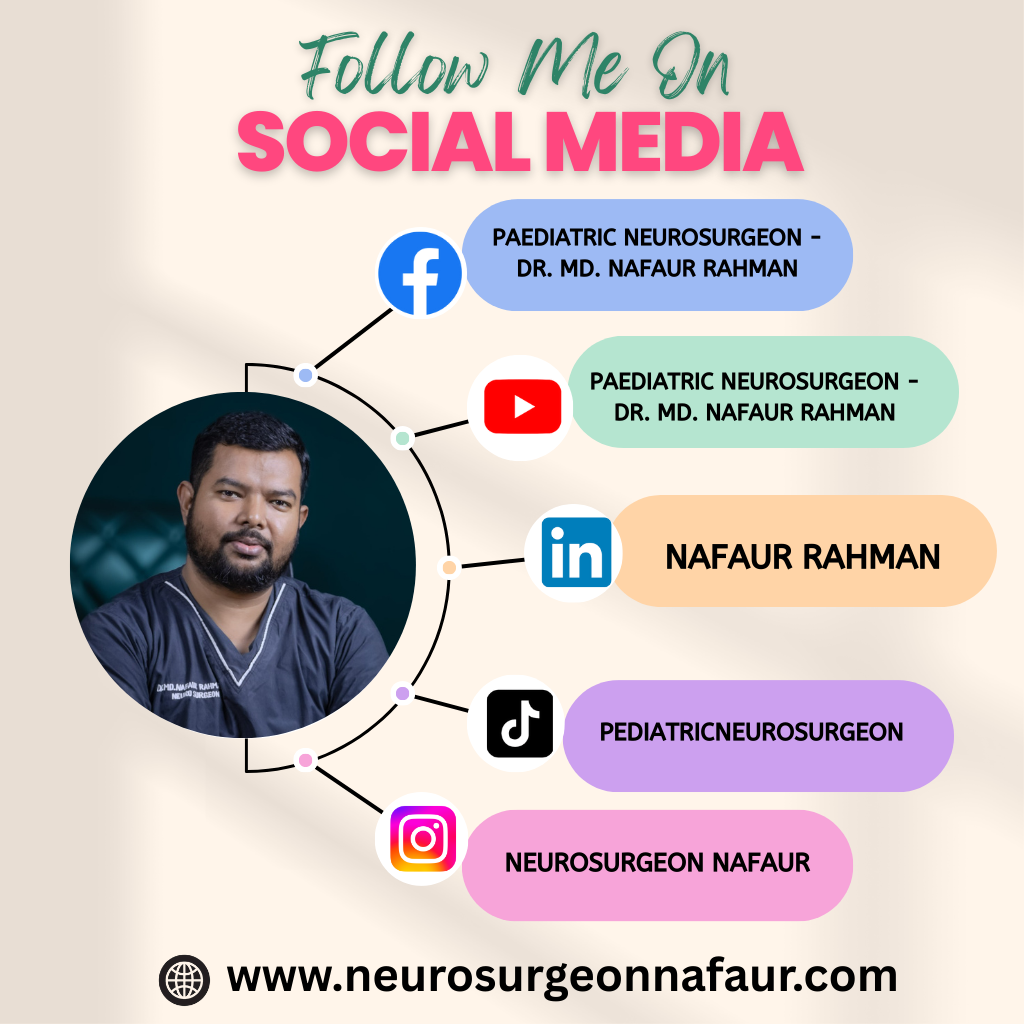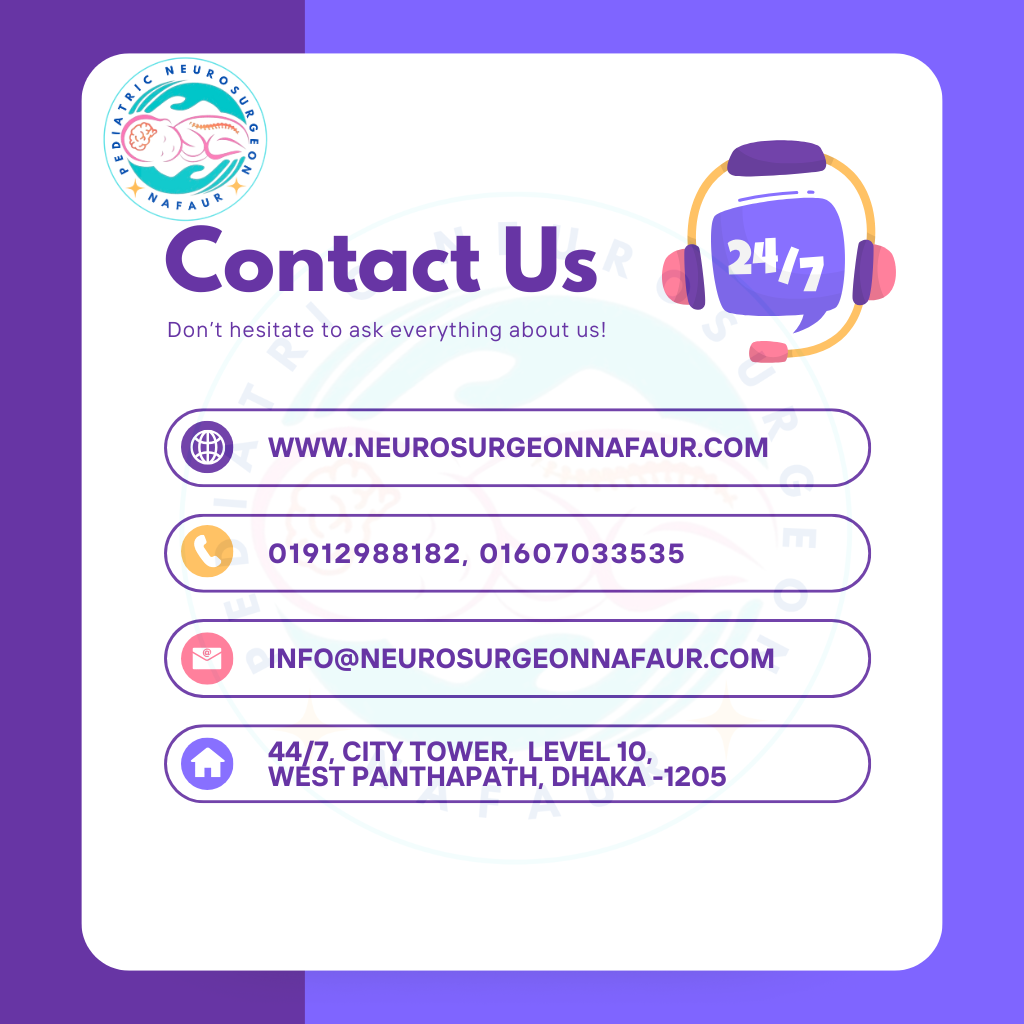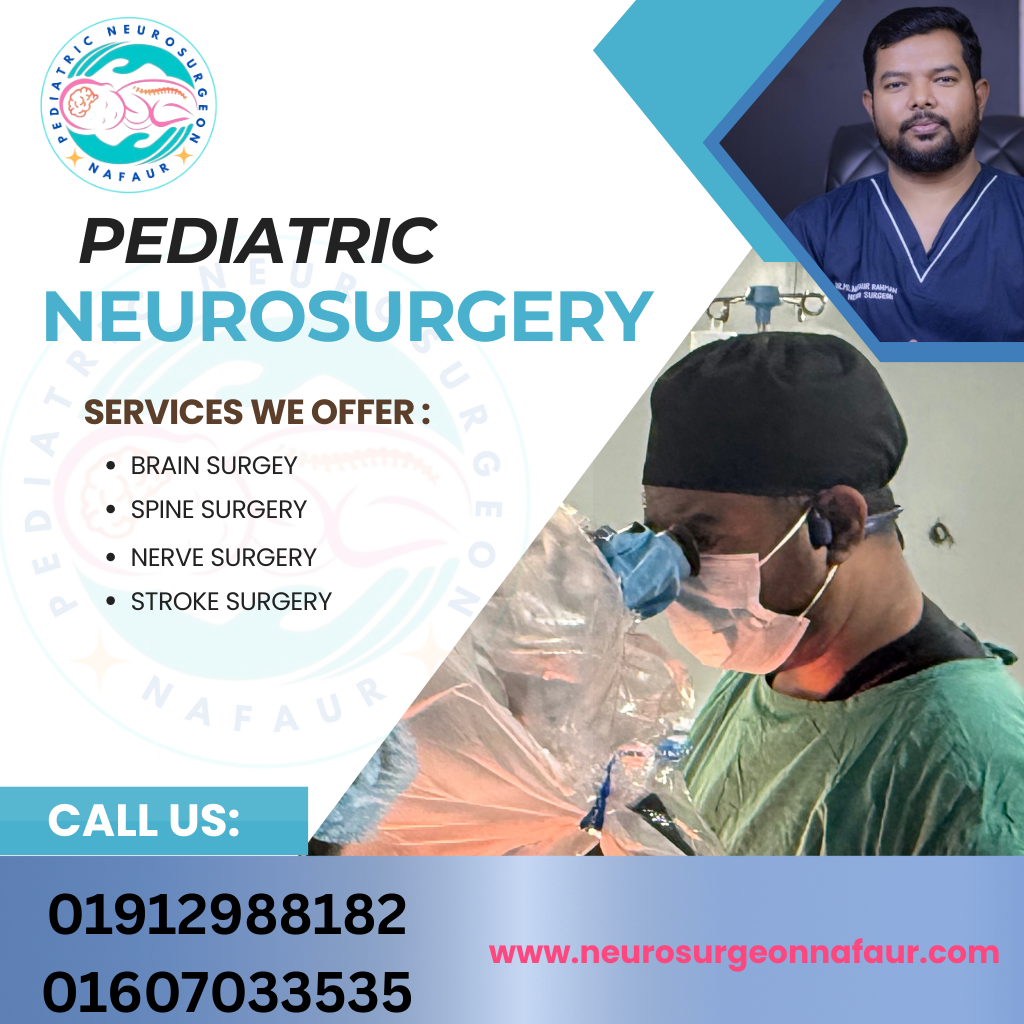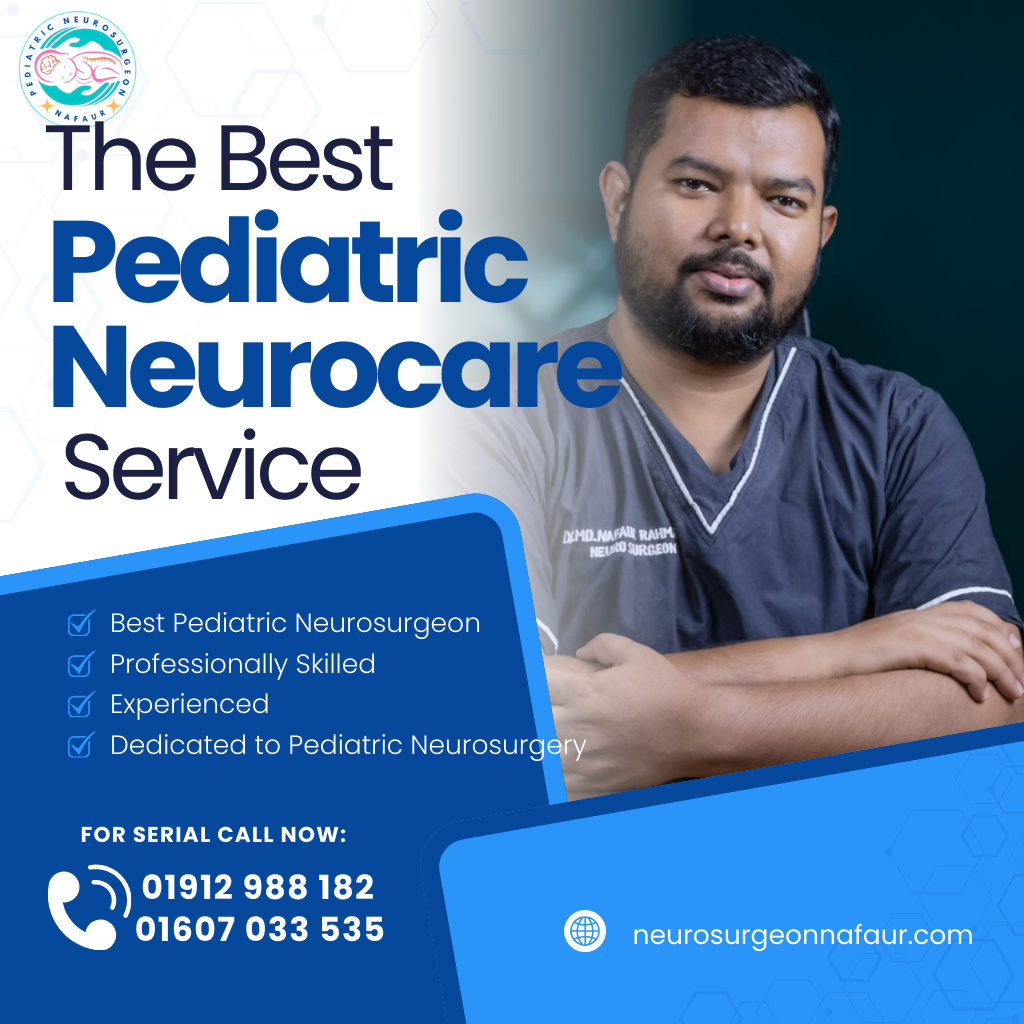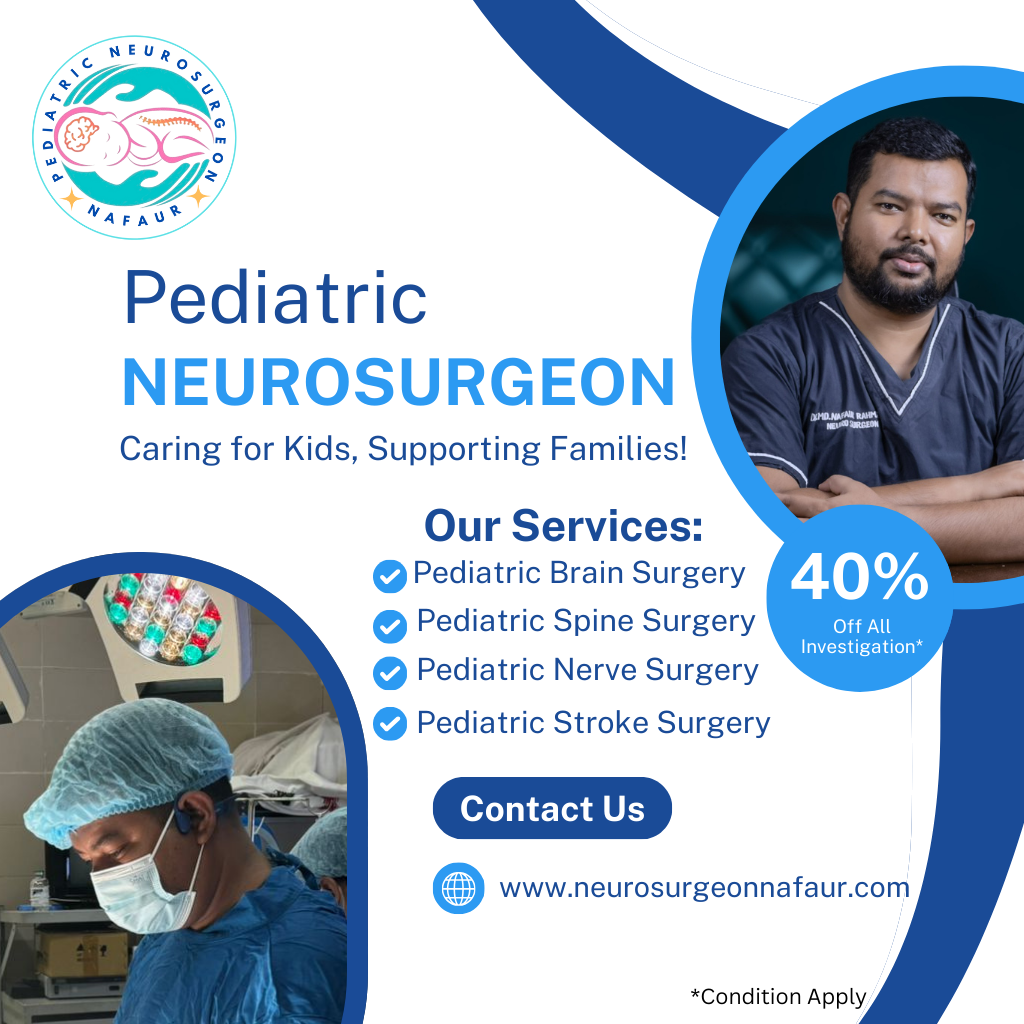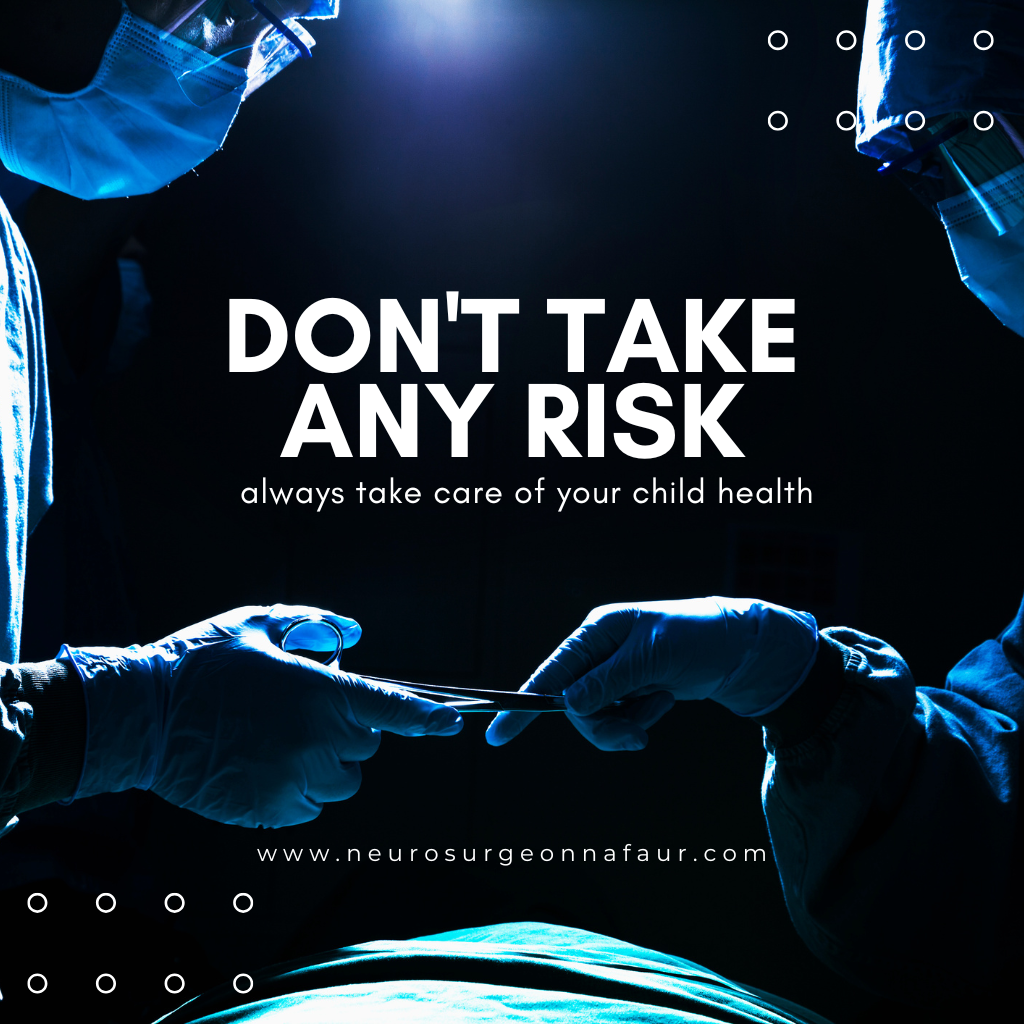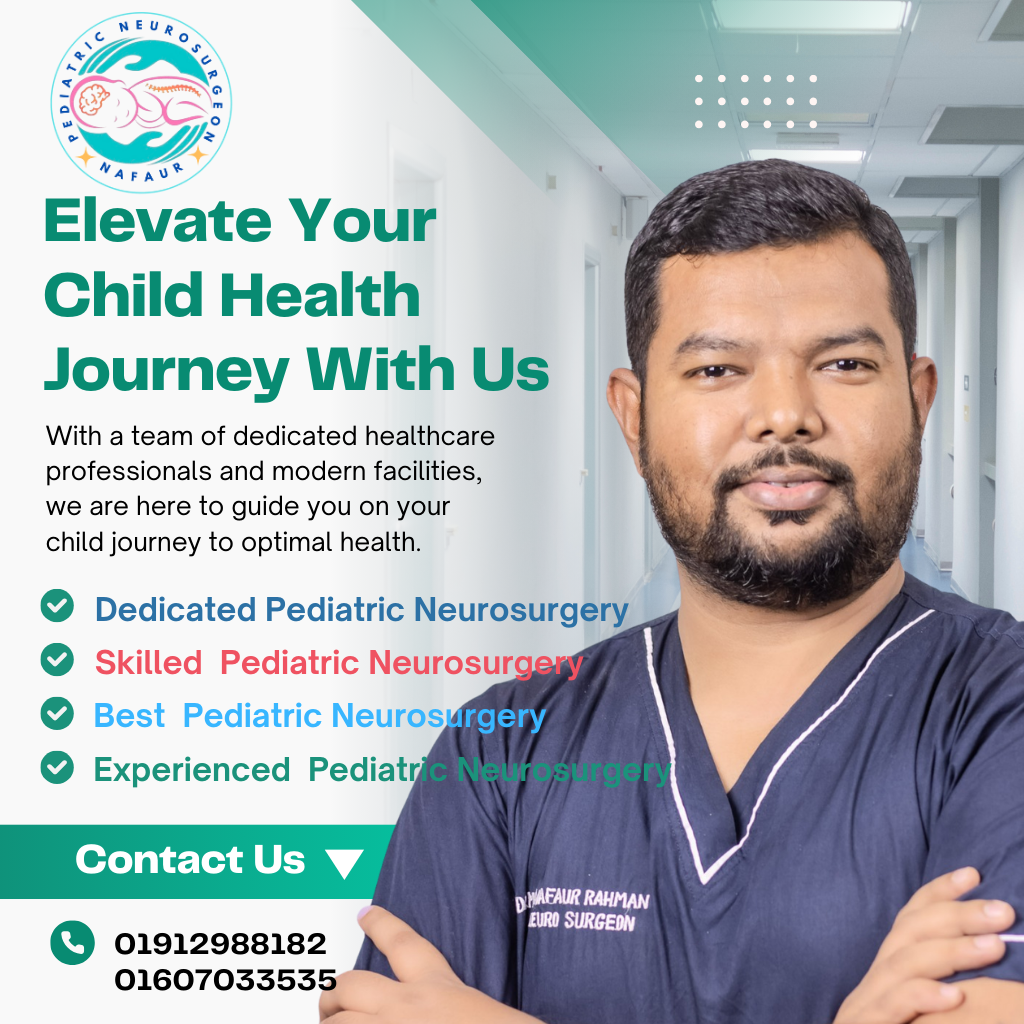Post-traumatic Hydrocephalus
Post-traumatic Hydrocephalus
Post-Traumatic Hydrocephalus (PTH) is a serious neurological condition that can develop in children following traumatic brain injury (TBI). It is characterized by the accumulation of cerebrospinal fluid (CSF) within the brain’s ventricles, leading to increased intracranial pressure and subsequent brain damage. Pediatric patients are especially vulnerable due to the developing brain, and early recognition and treatment are crucial to prevent lasting neurological deficits. In Bangladesh, where head injuries in children are common due to falls, road traffic accidents, and other traumas, awareness and specialized management of post-traumatic hydrocephalus are essential to improve outcomes. What Is Post-Traumatic Hydrocephalus? Post-Traumatic Hydrocephalus occurs when the normal flow and absorption of cerebrospinal fluid are disrupted following brain injury. The trauma can cause scarring, blockage of CSF pathways, or impaired absorption at the arachnoid granulations, leading to ventricular enlargement and increased pressure on brain tissue. This condition may develop weeks to months after the initial injury and can manifest with worsening neurological symptoms even after apparent recovery. Causes of Pediatric Post-Traumatic Hydrocephalus in Bangladesh Severe head trauma from road traffic accidents involving rickshaws, motorcycles, or pedestrians Falls from heights such as rooftops, trees, or stairs Blunt force injuries from physical assault or accidents Complications after surgical intervention for traumatic brain injuries Infections secondary to open head injuries or surgical procedures Symptoms and Warning Signs Children with post-traumatic hydrocephalus may present with: Increasing headache and vomiting Irritability, drowsiness, or decreased consciousness Decline in cognitive function or developmental milestones Poor feeding and vomiting in infants Enlarged head circumference or bulging fontanelle in infants Balance and coordination difficulties Weakness or paralysis in limbs Vision problems such as blurred or double vision Seizures or convulsions in some cases Early detection of these symptoms is critical to prevent permanent brain injury. Diagnosis Diagnosis involves a combination of clinical assessment and advanced imaging: CT Scan of the Brain: Quick and effective in showing ventricular enlargement and ruling out other complications. MRI Brain: Provides detailed information about CSF flow dynamics and brain tissue condition. Neurological Examination: Evaluates motor, sensory, and cognitive function using pediatric-specific scales. Intracranial Pressure Monitoring: In select cases to assess pressure dynamics. Treatment by Dr. Md. Nafaur Rahman Medical Management Initial stabilization with close monitoring of neurological status Medications to reduce intracranial pressure (osmotic diuretics like mannitol) Supportive care including hydration and oxygenation Management of seizures with anticonvulsants Surgical Management Ventriculoperitoneal (VP) Shunting: The most common and effective surgical treatment where a shunt drains excess CSF from the brain ventricles to the abdominal cavity, relieving pressure. Endoscopic Third Ventriculostomy (ETV): An alternative minimally invasive procedure creating a bypass for CSF flow. Regular follow-up and monitoring for shunt function and potential complications. Dr. Nafaur Rahman utilizes advanced pediatric neurosurgical techniques ensuring tailored, safe, and effective treatment. Prognosis and Long-Term Care With timely diagnosis and intervention, many children recover well from post-traumatic hydrocephalus, though some may require long-term follow-up for: Shunt complications such as infections or blockages Neurodevelopmental assessments and rehabilitation Management of residual neurological deficits Family education on early signs of shunt malfunction Why Choose Specialized Pediatric Neurosurgical Care in Bangladesh? Children require neurosurgical care that addresses their unique anatomical and physiological needs. Dr. Md. Nafaur Rahman at NINS and Bangladesh Paediatric Neurocare Centre offers: Comprehensive evaluation and personalized treatment plans State-of-the-art neuroimaging and intensive care facilities Experienced pediatric neurosurgical team skilled in complex CSF disorders Family-centered approach with education and counseling Access to rehabilitation and long-term neurological care Contact Information for Expert Care 📌 Dr. Md. Nafaur Rahman Assistant Professor, Pediatric Neurosurgery, National Institute of Neurosciences & Hospital (NINS) Chief Consultant, Bangladesh Paediatric Neurocare Centre 📞 Appointment & Emergency Contact: 📱 +8801912988182 | +8801607033535 🌐 Website: www.neurosurgeonnafaur.com
YouTube Videos and Patient Reviews on Post-traumatic Hydrocephalus
